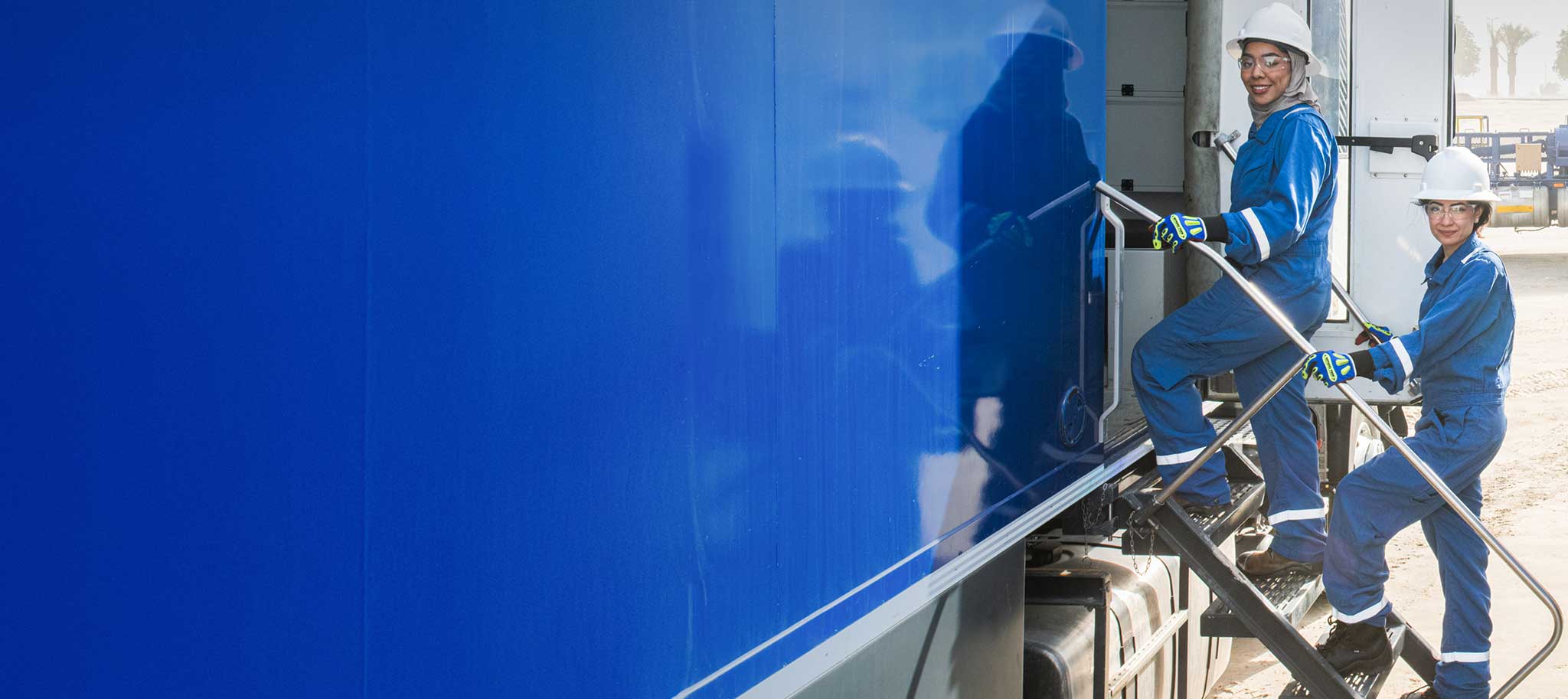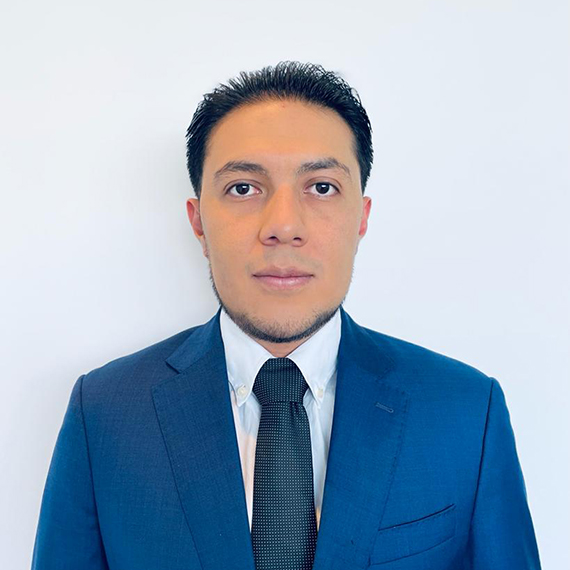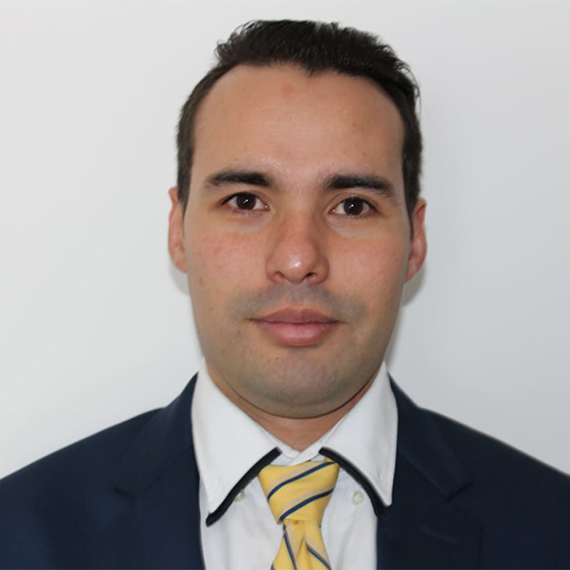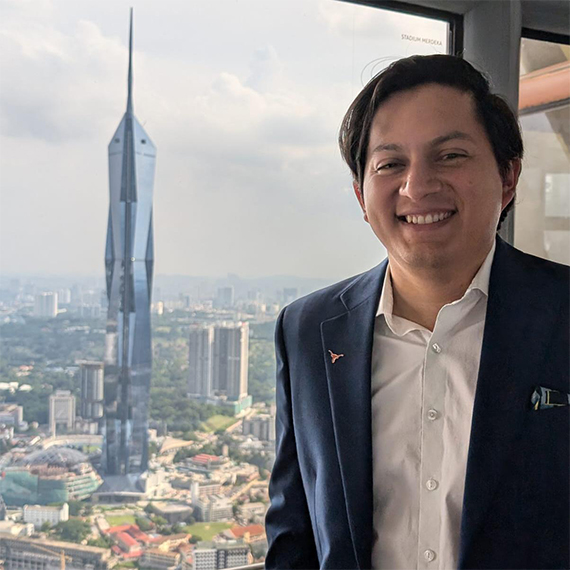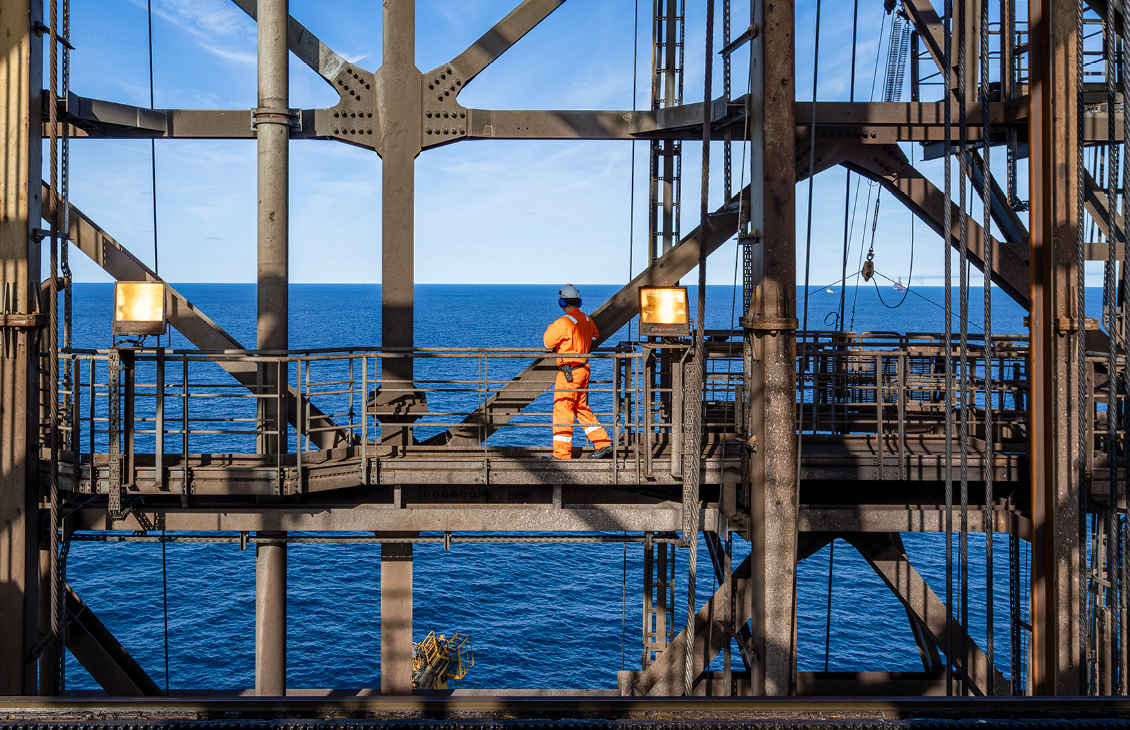As oil fields approach the later stages of their life cycle, decline management has become an industry imperative. The key to overcoming this challenge lies in collaboration, integration, recovery expertise, and technological advancement. By raising strong partnerships between operators, technical know-how, and the tech itself, our industry can access the right applications to extend field productivity and profitability.
Ecuador’s oil and gas landscape presents us with a good example. It’s increasingly defined by mature fields, which pose unique challenges such as low recovery, declining production rates, and rising operational costs. Addressing these issues requires more than just conventional solutions. Indeed, it demands a strategic blend of properly understanding the reservoir, digital tools, and new recovery solutions such as enhanced oil recovery techniques (EOR).
Implementing EOR isn't just a technical option; it's a strategic decision. Today, more than 50% of oil remains unproduced beyond the primary and secondary stages. EOR allows us to access that resource, increasing the recovery factor and extending the field's useful life. In a context where every barrel counts, EOR can transform residual volumes into profitable, sustainable, and measurable production.
A new era of field management
Let’s continue with our Ecuadorian example. The country’s mature fields require advanced recovery techniques, such as waterflooding and chemical EOR injection, to sustain output. Their focus has shifted toward seamlessly integrating innovative solutions, ensuring that fields are optimized for longevity and efficiency rather than only immediate production.
In fact, Ecuador is the backdrop of a significant milestone in EOR. A convergence of innovation, expertise, and tech led to the successful launch of a fully integrated polymer injection project. This marks a game-changing step toward optimizing oil recovery in mature fields. Unlike traditional fragmented approaches, this project boasts a seamless, end-to-end execution model led by the service provider—which, in my opinion, better ensures the project’s efficiency, reliability, and maximized results.
The approach is a game-changer for multiple reasons:
- First-of-its-kind full integration—Unlike traditional EOR projects, projects like this are executed under a single, structured framework covering all essential phases from start to finish.
- Optimized oil recovery through smart chemistry—The polymer injection method improves oil displacement efficiency, along with overall recovery in mature reservoirs. For example, lab experiments have confirmed that viscosity stability can be maintained using a low water salinity source and partially hydrolyzed polyacrylamide (HPAM) polymer formulation with acrylamido-2-methylpropane sulfonic acid (ATBS). This prevents degradation even under high-temperature conditions, along with providing better injectivity and a longer life for the polymer in the reservoir.
- Real-time, data-driven decision making—Digital tech allows for instant performance adjustments, adapting to real-time reservoir responses. Fiber optic, chemical interwell tracer tests, high-resolution simulation models, and automation are used to track polymer front movement and fine-tune injection strategies.
- A scalable model for future expansion—Piloting this approach brings results that then set the foundation for full-field polymer injection, paving the way for large-scale EOR implementation. The insights gained can be leveraged to influence future multiwell or reservoir expansion plans within the asset.
All of this sounds great, I know, but the question remains: How can it be done?
From concepting to executing a fully integrated approach
Taking a fully integrated approach to EOR requires a strategic, well-orchestrated project that covers every critical phase of polymer flooding. This ensures maximum impact and long-term success, and here’s how:
- Core acquisition and laboratory analysis—The first step is to understand the reservoir at a microscopic level. Advanced core acquisition and lab testing are utilized to analyze rock-fluid interactions, polymer performance, and reservoir conditions. The composition and permeability of the reservoir rock are thoroughly examined to predict the behavior of the polymer solution under subsurface conditions.
- Reservoir characterization and screening—A detailed assessment of the reservoir conditions is conducted to determine the optimal polymer formulation, ensuring improved recovery and efficient displacement. Key parameters such as formation salinity, reservoir temperature (up to 220 degF), and fines migration potential are evaluated to ensure the stability of the polymer chemistry under extreme conditions. Meanwhile, high-resolution simulation modeling is used to characterize the reservoir.
- Pilot design and implementation—From state-of-the-art numerical reservoir simulation models to real-world field execution, a meticulous design is crafted to ensure optimal polymer injection performance and reservoir response. The well patterns and injection strategies are carefully planned to maximize sweep efficiency and minimize channeling.
- Surface polymer blending and injection facilities—A key component of success, specialized surface facilities for blending and injecting the polymer are developed, leveraging both in-house expertise and external partnerships. An efficient blending system ensures homogeneous polymer solution preparation, thereby reducing viscosity loss and maintaining optimal injection conditions.
- Advanced monitoring and digital control—Through a combination of human experience and cutting-edge digital tools, injection parameters are continuously monitored and adjusted in real time. This maintains maximum efficiency, minimized risk, and long-term performance. Early signs of polymer degradation or injection issues can be detected through real-time data analytics and automated control systems, thereby allowing proactive adjustments to be made to maintain optimal operation.
Pioneering the future of EOR in Ecuador and beyond
It’s been demonstrated that, through domain expertise, digital innovation, and integration, a custom and optimized polymer flooding strategy can revitalize mature fields and unlock their untapped potential. And field trials are a critical step in that direction. These controlled, small-scale deployments allow operators to validate laboratory findings and simulation models under real reservoir conditions.
Field pilots help assess key parameters such as polymer injectivity, retention, propagation, and overall impact on oil production and water cut. They also provide valuable insights into operational challenges, such as mixing, handling, and surface facility compatibility. By identifying and mitigating risks early, field trials reduce uncertainty, optimize full-field design, and improve the economic viability of polymer flooding projects.
Milestones like the ones in Ecuador are just the beginning. The boundaries of EOR will continue to be pushed, with a strong commitment to innovation, integration, sustainability, and efficiency in the oil and gas industry. The data and insights gained from current projects will be utilized to lay the foundation for scaling polymer flooding across multiple reservoirs and fields.
In other words, keep your eyes peeled for more updates on how EOR advancements are shaping the future of energy production. This is the beginning of a new era in oil recovery, as pioneers continue to unlock the full potential of mature fields around the globe.
